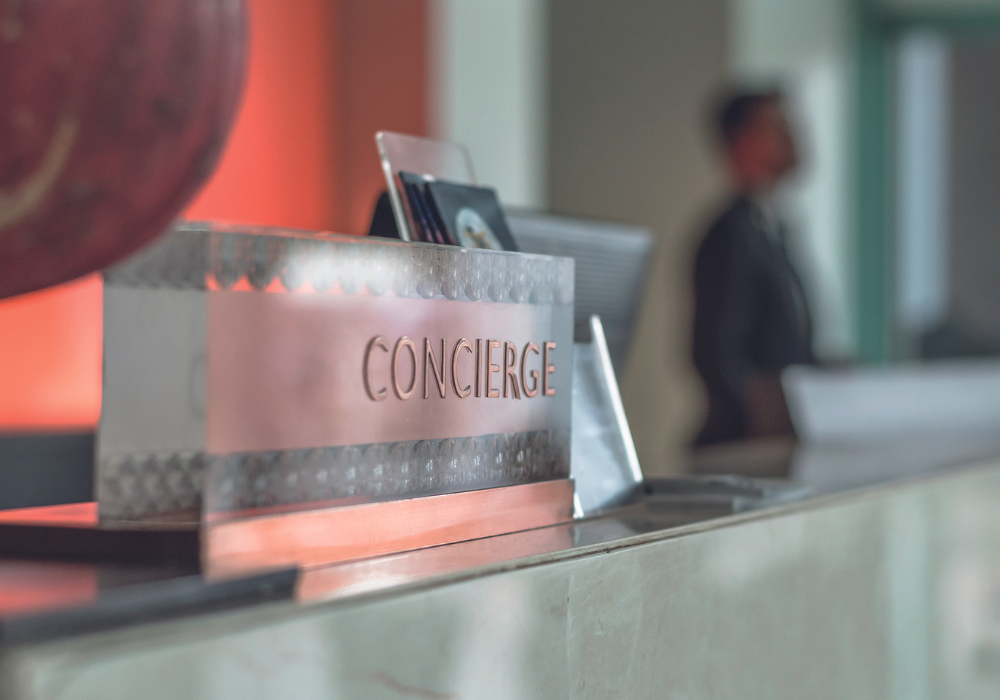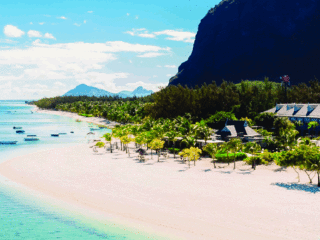
Bleisure Boom
29.09.21Abode2 spoke to Barbara Czyzewska, Interim Academic Dean & Head of Luxury Specialization at Glion Institute of Higher Education, about the evolution of workspaces in hotels.
Having a strong academic background in hospitality and tourism studies, with particular expertise in luxury marketing as well as history of hospitality, Barbra explains how the travel and tourism industry has been constantly evolving, as far as usage of space is concerned for modern life.
With the rapid development of technology and interconnectivity today, there has been a noticeable increase in demand for workspace in hotels. Global nomads tend to combine their business assignments with leisure time, thus creating the phenomenon of so called “bleisure”. No longer divide their time between work and leisure but blending the two seamlessly together. This posed a major challenge to hotel designers and operators, as it is difficult to predict customer’s exact expectation at different points in time. It is also not easy to design spaces which could serve both types of activities simultaneously.
However, many hotel chains have been providing spaces for working travellers. CitizenM, for example, is very popular with business travellers because it offers its lounges and bars which could be used for socialising but equally as a space to concentre on work projects. Others offer take-away breakfasts for those rushing to morning meetings or pod-style armchairs which ensure enhanced privacy.
One major change in working styles over the last two years has been workers questioning the necessity of being in the office, when they have proved that they can be as efficient and productive when working from home, or from a hotel for that matter. It is expected, therefore, that hotels will be facing even more requirements for “bleisure” escapes in the future.
Barbra explains ‘People nowadays want to use their time as effectively as possible to connect to online meetings before exploring the city or by sipping on an exquisite cocktail while working on their presentation. In that sense, not much has changed. It has always been the customer who set the expectations and demanded to be served according to their own requirements. What has, however, changed is that these requirements are becoming increasingly more flexible, fluid and less obvious. Once again hoteliers will need to step up their game and provide comfortable and safe spaces for people whose lives have lately been anything but stable.’
Abode Affiliates
COPYRIGHT © Abode2 2012-2024





















































































































































































































